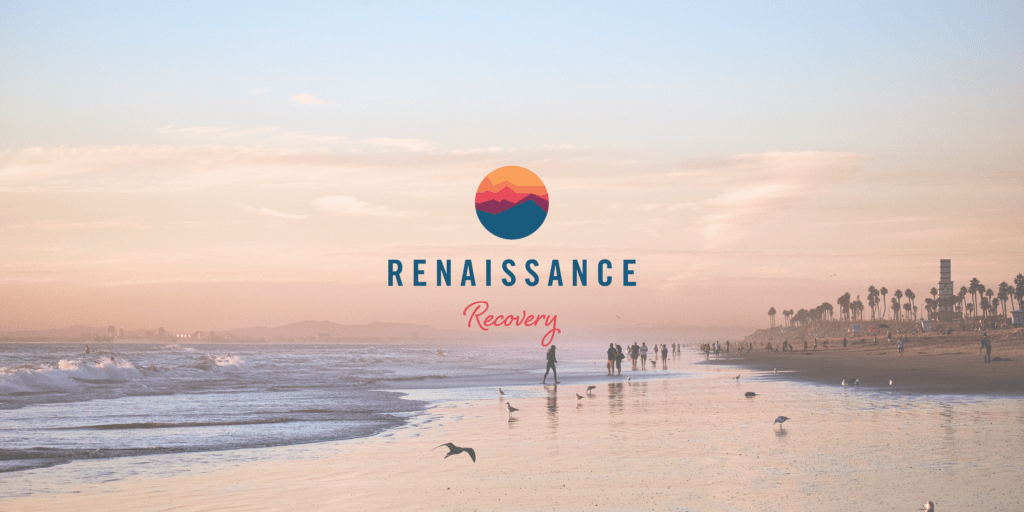Cocaethylene is a substance created in the body when cocaine and alcohol are used at the same time. Unfortunately, this substance caused by mixing cocaine and alcohol can prove to be dangerous and even deadly.
Oftentimes when people use drugs, they are polysubstance users, meaning that they use multiple substances at the same time. One of the more popular, and dangerous, combinations that occur is the mixing of cocaine and alcohol. There are a number of different risks and life-threatening symptoms that can occur from the concurrent use of cocaine and alcohol, not to mention the fact that it creates a third-party substance in the body known as cocaethylene.
Despite the dangerous problems associated with these two substances, there are drug and alcohol treatment centers in Orange County to help people overcome and conquer these addiction issues. If you or someone you know is struggling, call our addiction hotline today.
Before we dive into what cocaethylene actually is, let’s first understand what these two substances do to the body on their own when mixing cocaine with alcohol.
Effects of Cocaine and Alcohol Alone
While cocaethylene (the substance formed by mixing cocaine and alcohol) can have serious and detrimental effects on the body and brain of drug and alcohol users, it is important to understand how each of these substances interact with the body on their own.
Effects of Alcohol
Being a legal substance, ethanol alcohol is one of the most used drugs in the country. Unfortunately, it also has a number of dangerous problems associated with its use. Alcohol use and binge drinking affect nearly every organ in the body, the central nervous system, and can take a serious toll on your body. A few of the common issues that excessive drinking can lead to include:
- Mood disruptions
- Alcohol poisoning
- Arrhythmias (or irregular heartbeat)
- Stroke
- Alcoholic hepatitis
- Liver cirrhosis
- Pancreatitis
- Increased risk of cancer
Alcohol addiction leads to both short-term and long-term effects that can be detrimental for an individual’s health These are just a few of the dangerous symptoms associated with excessive alcohol use. Now let’s take a look at the problems associated with cocaine abuse.
Effects of Cocaine
Cocaine is a drug usually taken intranasally that produces an intense high for about 15 to 30 minutes. This dopamine high keeps users coming back for more – leading to a dangerous cycle of cocaine use and abuse. This continued use can lead to numerous physical and mental health problems, including:
- Irritability
- Panic
- Paranoia
- Tremors
- Strokes
- Comas
- Increased body temperature
- Increased heart rate and high blood pressure
- Heart attacks
Now that we understand a little more about what these two substances do individually, let’s better understand what happens when you mix them.

Effects of Cocaine and Alcohol Mixed
The effects of cocaine and alcohol mixed together have a unique set of effects as a result of the two chemical compounds interacting.
Mixing cocaine with alcohol is popular among drug users, likely for the combination of the euphoric high from cocaine and the depressant effects that alcohol brings. Some studies even suggest that cocaine users will drink alcohol concurrently to reduce the anxieties and discomfort that comes with cocaine addiction and withdrawal.
However, the effects of cocaine and alcohol together is linked to a higher risk of dangerous health effects. While cocaine and alcohol are dangerous on their own, the side effects only become more severe when the two are combined.
A few of the major issues associated with mixing the two drugs include:
- Increased impulsiveness
- Heightened cardiovascular problems
- Increased alcohol consumption and cocaine usage
- Increased toxicity
- Sudden death
All of these issues are associated with the production of cocaethylene in the body. Cocaethylene is a unique substance that is produced in the body when mixing alcohol and cocaine.
There are a number of problems and dangers associated with cocaine and alcohol use, when the substances are mixed, it amplifies the symptoms of each.
If you or a loved one are struggling with cocaine and alcohol addiction, it’s crucial that you reach out to a professional treatment center for help overcoming this disorder.
Let’s take a closer look at defining: what is cocaethylene?
What is Cocaethylene?
Cocaethylene is a psychoactive substance that is produced in the body when cocaine and alcohol are used concurrently. Cocaethylene is an incredibly dangerous substance in the body and can lead to a number of life-threatening problems including seizures, liver damage, and problems with immune functioning. This cocaethylene effect is why mixing alcohol and cocaine is considered dangerous.
The presence of cocaethylene in the body carries an 18- to 25-fold increase over cocaine alone for immediate death. The cocaethylene half life is three to five times longer than cocaine alone.
Cocaethylene is stronger than both alcohol and cocaine alone and leads to more exacerbated and deepened effects that these two substances already bring – including heightened cardiovascular dangers and, as we’ve mentioned previously, an increased risk of death through cocaethylene toxicity.
What Is Cocaethelyne Half-Life?
The “half-life” of a drug means the time required for your body to process half of the amount of the drug that has been consumed. The half-life of cocaethylene differs from the typical half-life of cocaine because of the chemical reaction from adding alcohol.
Cocaethelyne’s half life is about 2-3 hours, which is much longer than cocaine’s half-life, but shorter than alcohol’s half life. This is a good way to judge how long the substance will make its way out of your system.
Polysubstance Abuse: Alcohol and Cocaine
Cocaine and alcohol use is one of the most popular forms of polysubstance abuse, the use of two or more substances at the same time. The use of alcohol specifically is a substance that is commonly used with nearly all other forms of drugs.
Along with cocaine and alcohol, many individuals will concurrently use alcohol with prescription medications like oxycodone, Xanax, and other opioids and benzodiazepines. As you probably guessed, the concurrent use of these types of substances leads to numerous dangerous and negative effects that can result in long-term health issues and death and cause major drug use and addiction problems. A chemical reaction between the two substances creates what’s called cocaethylene toxicity, which can cause heart problems, liver damage, and seizures.
This increased coke and alcohol substance abuse can lead users down a dangerous path of continued addiction and cause alcohol use disorder and other forms of substance use disorder.

Signs of Alcohol and Cocaine Abuse
If you are worried that a loved one may be struggling with a cocaine or alcohol addiction, there are many different signs that you can look for. A lot of the signs of coke (street name for cocaine) and alcohol abuse are similar to other types of addiction.
Some of the most common signs and signals that someone is abusing these include:
- Decreased interest in hobbies and activities
- Having different sleeping habits
- Problems with friends or family members
- Legal trouble
- Financial problems
- Engaging in secretive behaviors
- Angry outbursts
Along with these behavioral changes, there are some physical health signs that you may notice too, including:
- Runny nose and sniffling
- Bloodshot eyes
- Poor hygiene
- Slurred speech
Now let’s take a look at how you can go about finding treatment for these addiction issues.

Treatment for Cocaine and Alcohol
Breaking free from cocaine and alcohol addiction is possible.
While mixing these substances is incredibly dangerous and can lead to severe health consequences, there is hope for recovery. Addiction treatment centers like Renaissance Recovery’s rehab in California offer specialized programs to help individuals overcome dependence on both cocaine and alcohol.
Our California-based outpatient program provides various group and individual therapies, allowing clients to gain insights into their addiction triggers and develop effective coping mechanisms. We understand the unique challenges of overcoming dual addictions and tailor our approach to meet individual needs.
Don’t hesitate to reach out for help.
If you or a loved one is struggling with addiction, our compassionate team is here to support you. Contact our admissions team today at 866.330.9449 to discuss treatment options and take the first step towards a healthier future.









